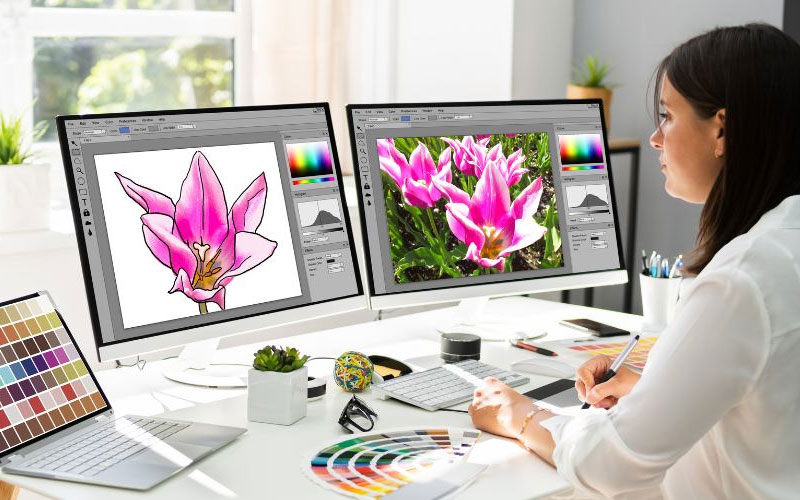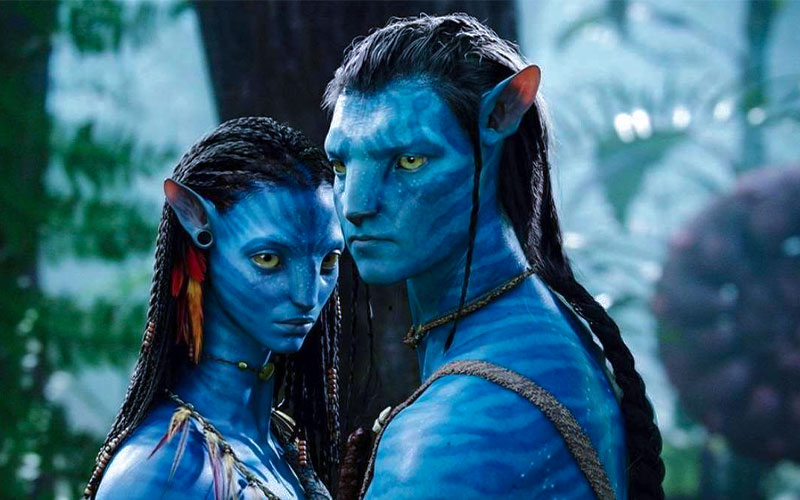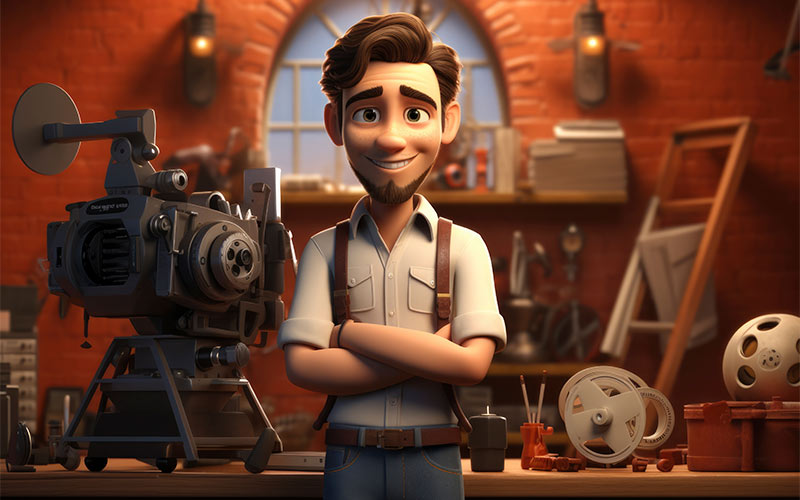In the world of digital design and animation, there is often a gap between what is envisioned during the design phase and what is ultimately brought to life through animation. This disconnection can lead to frustration, inefficiencies, and subpar results.
Understanding the reasons behind this gap and how to bridge it is crucial for creating successful and seamless design-to-animation transitions.
In this blog post, we will explore the key factors that contribute to the disparity between design and animation.
The Discrepancy Between Design and Animation
1. Static vs. Dynamic Elements
One of the primary reasons why what you design is not what you animate is the fundamental difference between static design elements and dynamic animated elements. When designing a layout, interface, or graphic, the focus is on aesthetics, composition, and visual appeal.
However, when transitioning to animation, these static elements need to come to life with movement, transitions, and interactions. This shift from static to dynamic can pose challenges in maintaining the intended design vision during the animation process.
2. Technical Limitations
Another factor that contributes to the disparity between design and animation is technical limitations. Design tools often offer a wide range of creative possibilities, including complex shapes, gradients, and effects that may not be easily achievable in animation software. As a result, certain design elements may need to be simplified or reimagined to accommodate the constraints of animation tools, leading to deviations from the original design concept.
3. Timing and Interactivity
Design and animation operate on different timelines and principles. While design focuses on creating visually appealing compositions, animation emphasizes timing, pacing, and interactivity to engage users effectively. Translating design elements into animated sequences requires careful consideration of motion, duration, and user interactions, which may require adjustments to the initial design to enhance the overall user experience.
Tips for Seamless Design-to-Animation Transitions

1. Collaboration and Communication
Effective collaboration between designers and animators is essential for bridging the gap between design and animation. By fostering open communication, sharing ideas, and providing feedback throughout the design and animation process, teams can ensure that the final product aligns with the original design concept while leveraging the unique strengths of both disciplines.
2. Prototyping and Iteration
Utilizing prototyping tools and iterative processes can help streamline the transition from design to animation. By creating interactive prototypes that showcase the intended animations, designers and animators can test concepts, gather feedback, and make necessary adjustments early in the development process.
This approach is particularly beneficial for students aspiring to enter the animation industry, as it allows them to refine their skills and showcase their abilities to potential employers and admission committees at the best animation colleges.
3. Consistency and Reusability
Maintaining consistency across design and animation elements is key to achieving a cohesive and polished end product. Establishing style guides, reusable components, and standardized assets can facilitate a seamless transition from design to animation, ensuring that visual elements, motion patterns, and interactions remain consistent throughout the project.
This approach also promotes efficiency and scalability by enabling teams to reuse assets across different design and animation projects.
Where Can You Find The Top Animation Institute?
If you are also excited with the world of animation then George Animatrix is the right place to start with. George Animatrix is one of the top animation institute. George Animatrix takes a student-centered approach to education, placing the needs and goals of students at the forefront. At George Animatrix, Students will learn everything from foundational drawing skills to advanced 3D modeling and animation.
Conclusion
The misalignment between what is designed and what is animated is a common challenge faced by designers and animators in the digital realm. By understanding the factors that contribute to this gap and implementing effective strategies to bridge it, teams can enhance the synergy between design and animation, streamline the workflow, and deliver compelling visual experiences that resonate with users. Through collaboration, communication, prototyping, and consistency, designers and animators can overcome the obstacles that hinder the seamless transition from design to animation, ultimately bringing their creative visions to life in dynamic and engaging ways.



